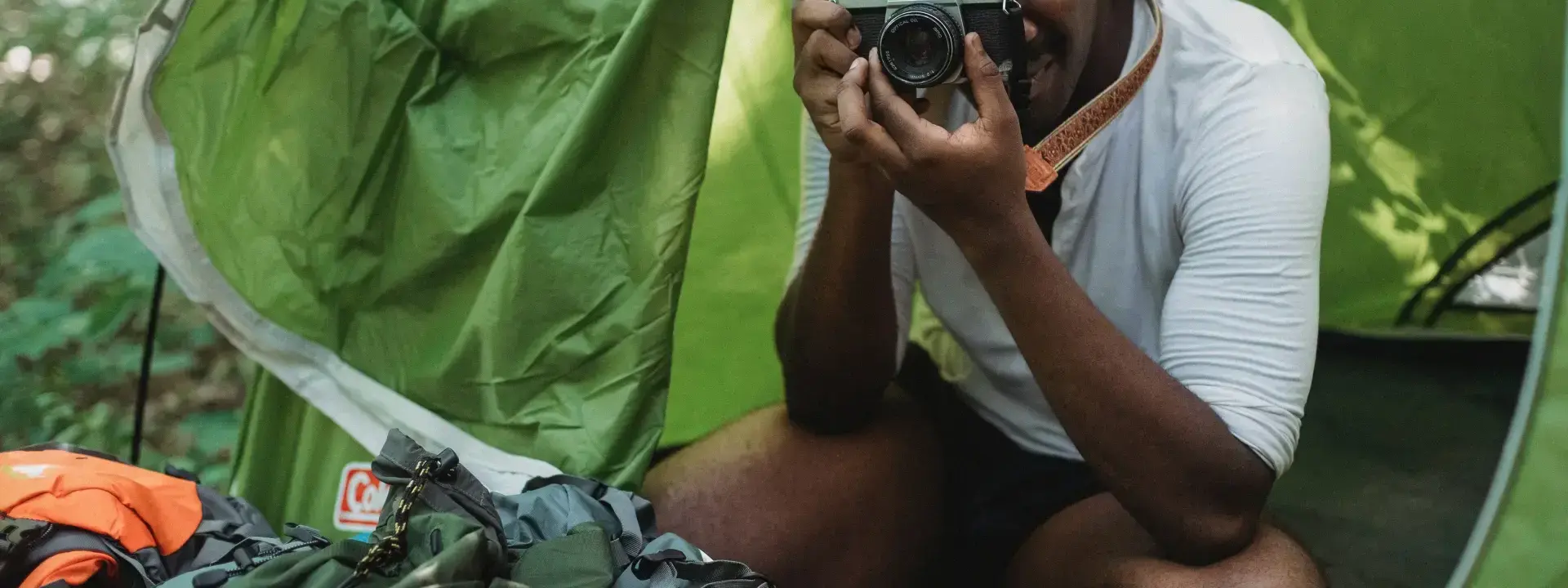
Wildlife Photographer Job Description
What is a Wildlife Photographer Professional?
Wildlife photographers are those who take photographs of animals in their natural habitats. Most wildlife photography is done outdoors, in locations where the photographer can gain access to the animal kingdom. Some wilderness areas may be inaccessible or dangerous for humans, so many wildlife photographers use long lenses and other methods to get close-up shots without disturbing the animals too much. Many others work in zoos or game parks, getting intimate portraits and documentations of different species from all over the world.
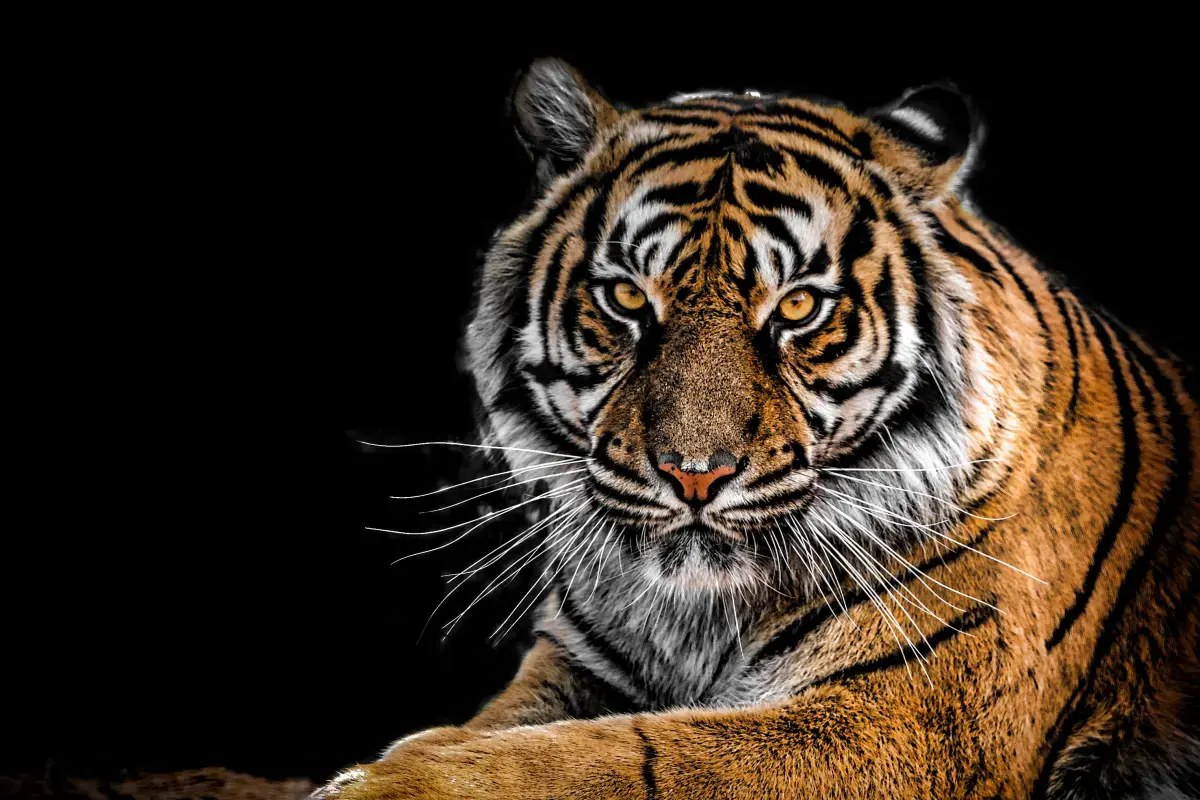
What does a Wildlife Photographer Expert do?
Wildlife photography covers a wide range of genres, from birds and large mammals to bugs and amphibians. Photographers often choose one particular type of animal or habitat to focus on; for example, underwater shooters concentrate almost exclusively on aquatic lifeforms. Whatever your specialty may be within this field, there are a few basic tips that will help you improve your chances of getting great results every time you shoot
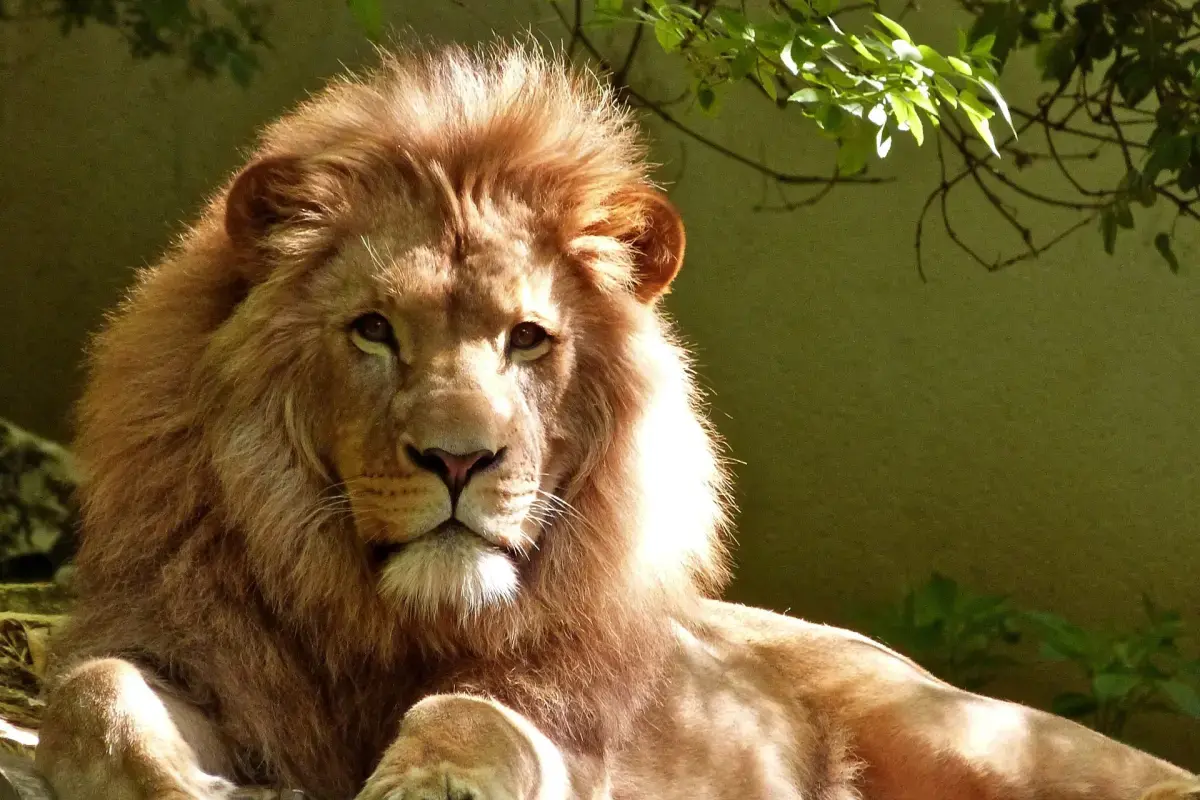
What are the Skills of a Wildlife Photographer?
Most wildlife photographers have a deep love and appreciation for nature and the outdoors. This helps them be patient when waiting for that one perfect shot. They must also have excellent camera skills, know how to use natural light, and understand animal behavior. Experience with Photoshop or other editing software is helpful in order to create stunning final images. In order to be a successful wildlife photographer, it is important to have the following skills and experience: Camera Skills: Wildlife photographers must know how to use their equipment in order to get the best possible shots.
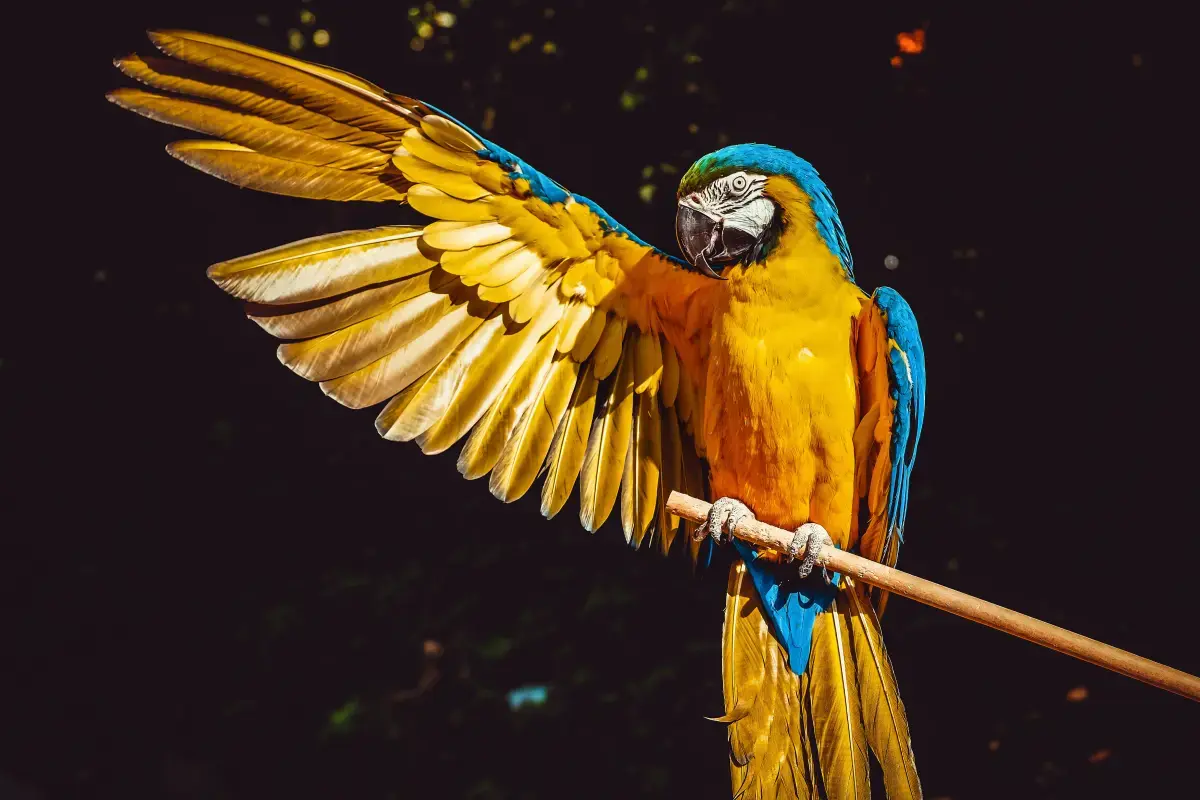
What makes an Expert Wildlife Photographer?
This includes understanding shutter speed, aperture, ISO, and other camera settings. They should also be familiar with different lenses and which ones are best for certain situations. Natural Light: A good wildlife photographer knows how to work with natural light in order to create beautiful images. This means being able to find the perfect time of day for each situation and knowing how sunlight will affect an animal’s behavior. Animal Behavior: Understanding animal behavior is crucial for getting close enough for that perfect shot while still remaining safe. Photographers must be aware of body language cues and know when an animal is feeling threatened or uncomfortable. Experience with Photoshop or Other Editing Software: Once you have your image file, it may need some editing before it’s ready to share with the world. Basic knowledge of Photoshop or another editing program can help you make small adjustments that can take your photo from good to great!
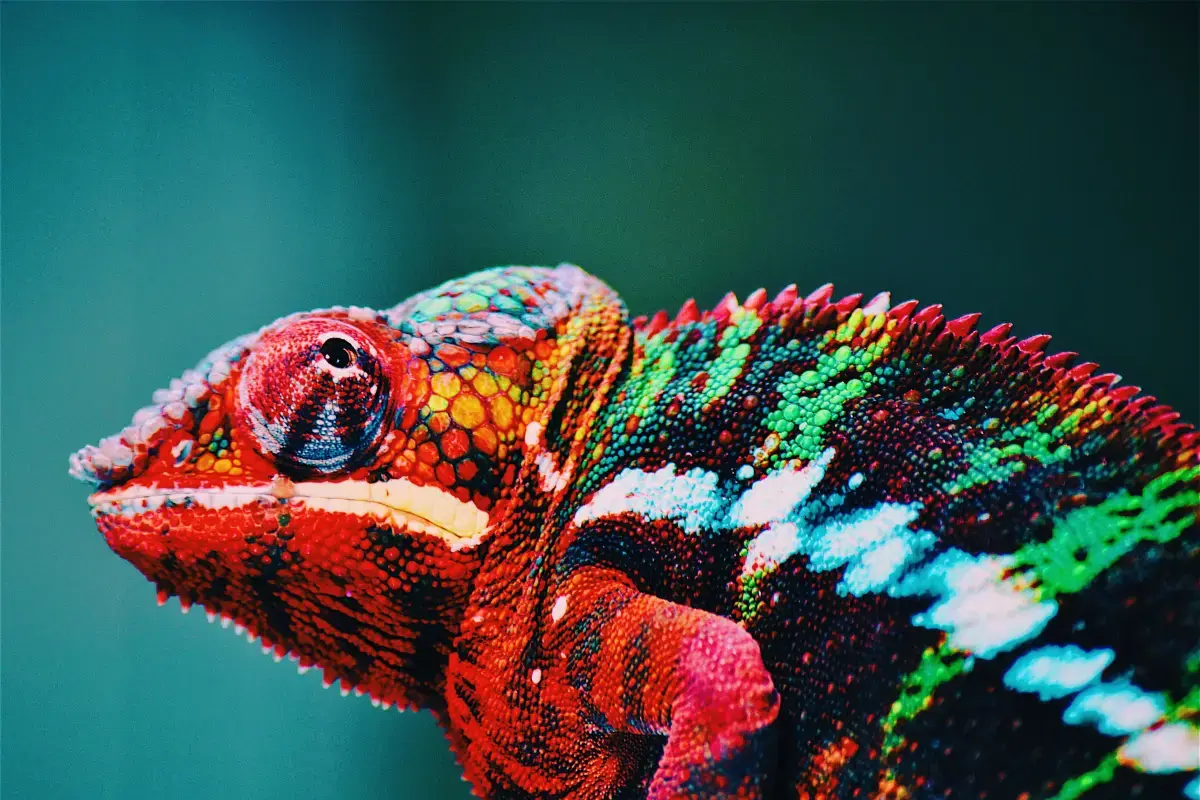
What level of Experience & Qualifications are required to be a Wildlife Photographer?
1. Industry experience: Substantial photography portfolio demonstrating expertise in wildlife photography and capturing of nature, evidence of published work, preferably specialized in wildlife and nature subjects. 2. Training: Specialized technical training and working knowledge of camera techniques such as plaids, reflected lighting, strobing techniques and other while using various camera equipment combined with personal creativity. 3. Qualifications: Possession or toward a certificate or diploma from an accredited program in Photography or Media Arts related field; membership to a professional photographer’s association will also be beneficial for staying on top of industry trends and technology developments/updates/tools related to the field; ability for self-editing photos taken in candid settings, developing own style through experience shooting on location outdoors under challenging circumstances typically experienced when photographing wild creatures i their natural setting.. 4. Education: Bachelors degree from a 4 year College/University institution with specialization in either Wildlife Biology OR Photojournalism is preferable; successful completion (transcript provided) from approved & recognized College level courses specializing Wild-life conservation methods is also desirable but not mandatory if there is solid hands-on practical experience which can substitute that requirement; relevant industry certifications are recommended too as means of professional development within this niche area such as American Society Of Wildlife Photographers (ASWP).
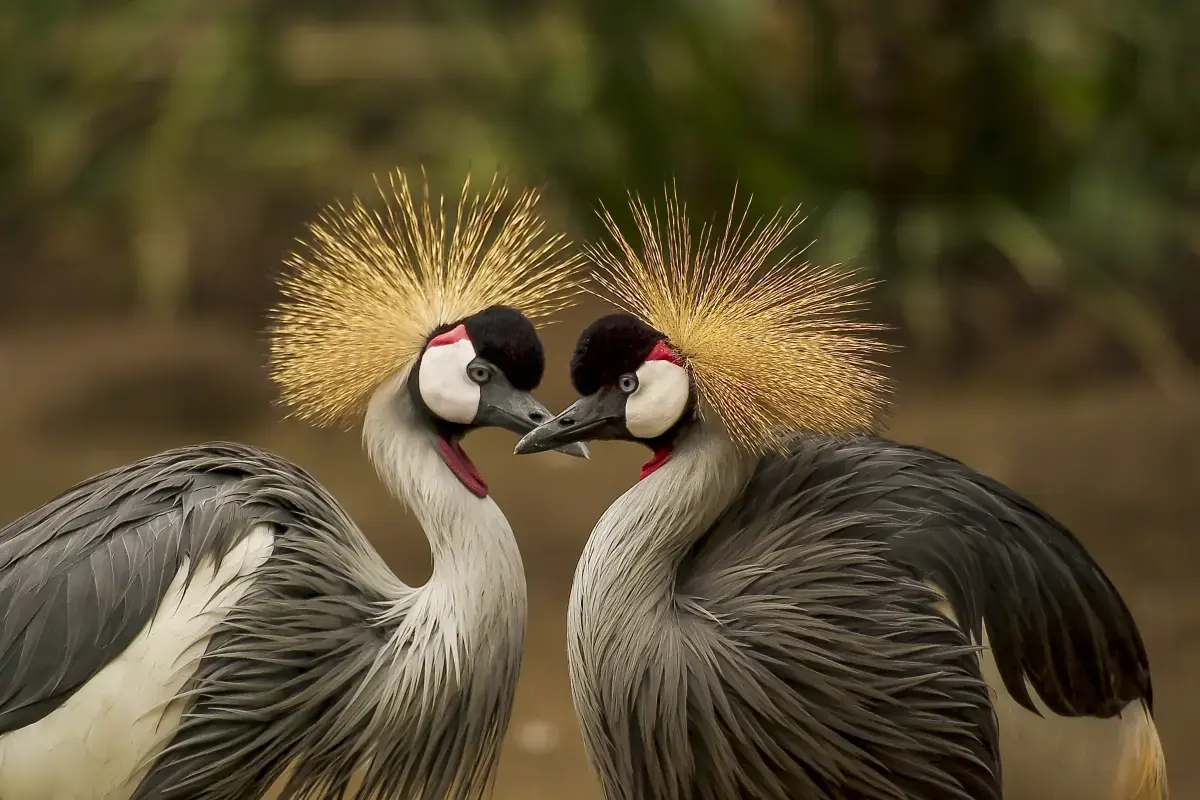
What is the Salary of a Wildlife Photographer?
The average salary of a wildlife photographer typically ranges from $25,000-120,000 per year depending on skill and experience. Junior positions for wildlife photography tend to start in the $25,000 range with small to no benefits included. As photographers gain more experience or specialize within a certain field (e.g., aerial or underwater photography), salaries can jump significantly into the mid-$50k range or higher with increased bonuses and benefits packages. As photographers continue to gain more experience, their wages could reach as high as six figures in some cases; such wages are generally reserved for the most experienced professionals working on high profile projects for large clients or media outlets. Those looking to break into the industry should be prepared to accept a much lower starting wage compared with experienced professionals who have been shooting professionally for several decades unless they possess rare skillsets (i.e., dedicated knowledge of specialized equipment).
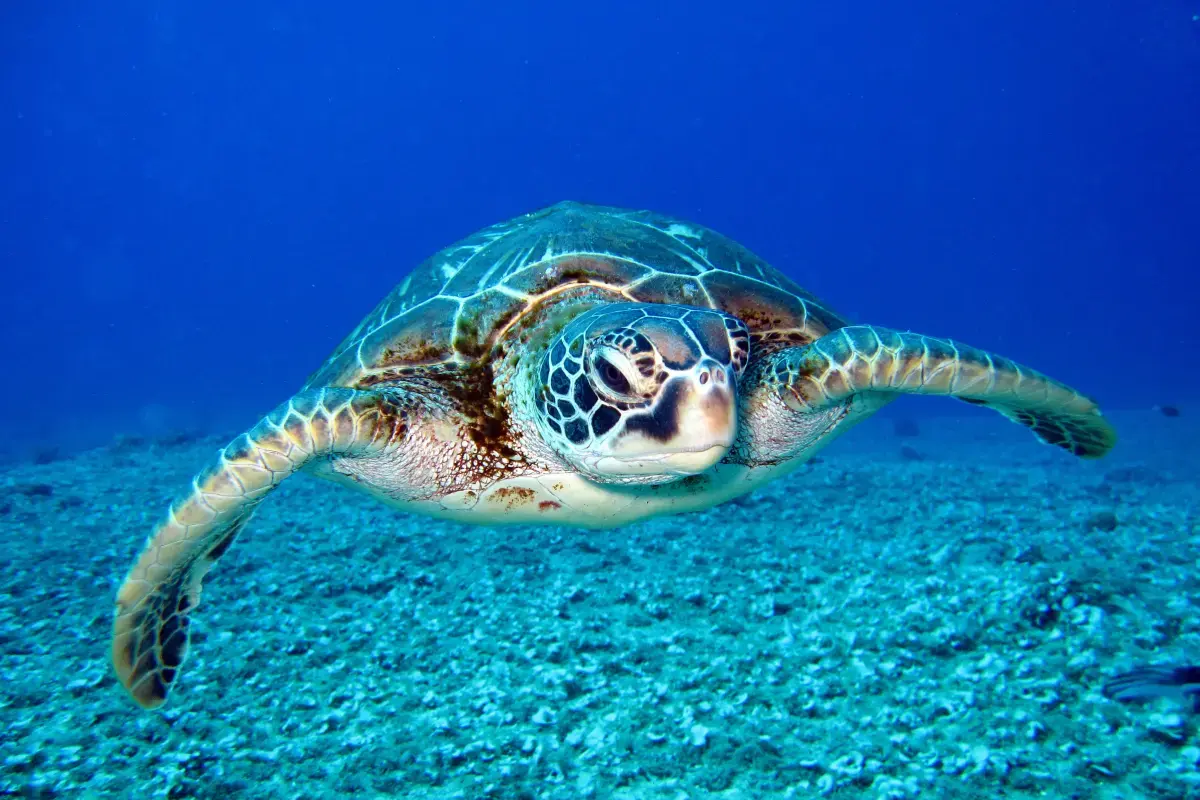
What are the Working Conditions for a Wildlife Photographer?
Wildlife photographers generally work in an outdoor environment and often travel to different parts of the world. Many wildlife photographers spend numerous hours in the field, which is sometimes difficult or even dangerous. They may have to hike through rugged terrain or endure extreme weather conditions like heat, cold, snow and rain. Photographers must pay attention to details of their subjects such as animal behavior, habitat and available light sources. Wildlife photographers also use a variety of camera equipment depending on their project requirements such as regular cameras with interchangeable lenses or specialized cameras like infrared systems and remote-controlled tripods mounted with camera-shutters connected wirelessly controlled by computers or handheld electronic devices used for trigger shots remotely without needing physical contact with their subject. Exact shooting techniques depend on what type of shot is desired by each photographer for accomplish his/her goal including localized photo safaris & Photo Expeditions around the world aiming capture specific species from exotic distributions around beautiful landscapes too far away from your home country locations & destination which often requires specific set up routines applicable in used sites that quite usually usually involves highly unpredictable factors often making necessary adjust strategies (including transportations).Generally long days are worked creating strict schedules so eliminate time wasters optimally accomplishing mission destinations within given available possibilities
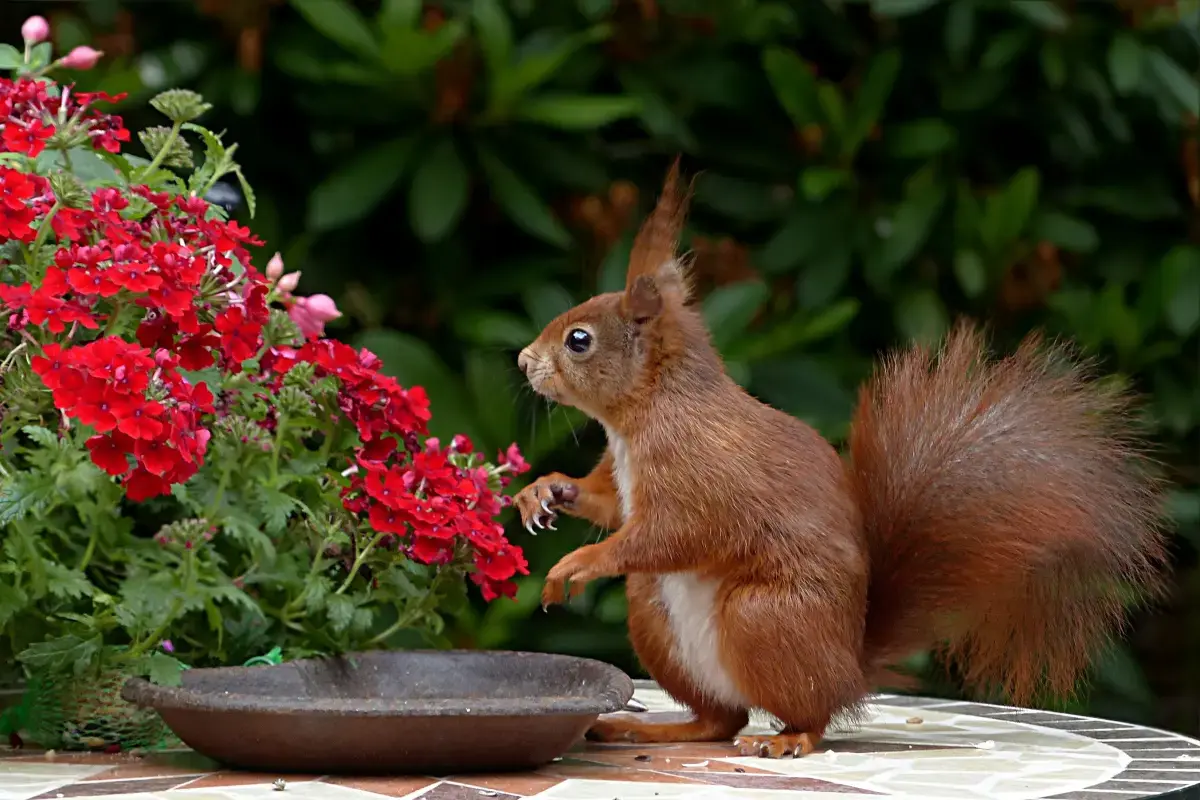
What are the roles and responsibilities of a Wildlife Photographer?
To take photographs of wildlife in their natural habitat
To capture the beauty and majesty of wild animals
To document the lives of specific animals or species
To raise awareness about endangered or threatened species
To educate others about the importance of conservation efforts
To help preserve habitats by showing what is at stake through photography
. Serve as witnesses to environmental crimes such as illegal hunting or logging practices
Foster respect for all living things
Encourage people to care for and protect our planet’s biodiversity
Prove that
0%+of earth still exists & its not just humans
That we can peacefully coexist with nature
bringing viewers back into touch with reality outside man-made worlds
Reconnecting urbanites especially youth who have become desensitized
By telling a story w/ an image
& giving voice 2the voiceless
Start conversations about tough topics like trophy hunting, poaching, climate change
Help others feel transported to pristine places they might never get
to see otherwise
Ultimately inspire action
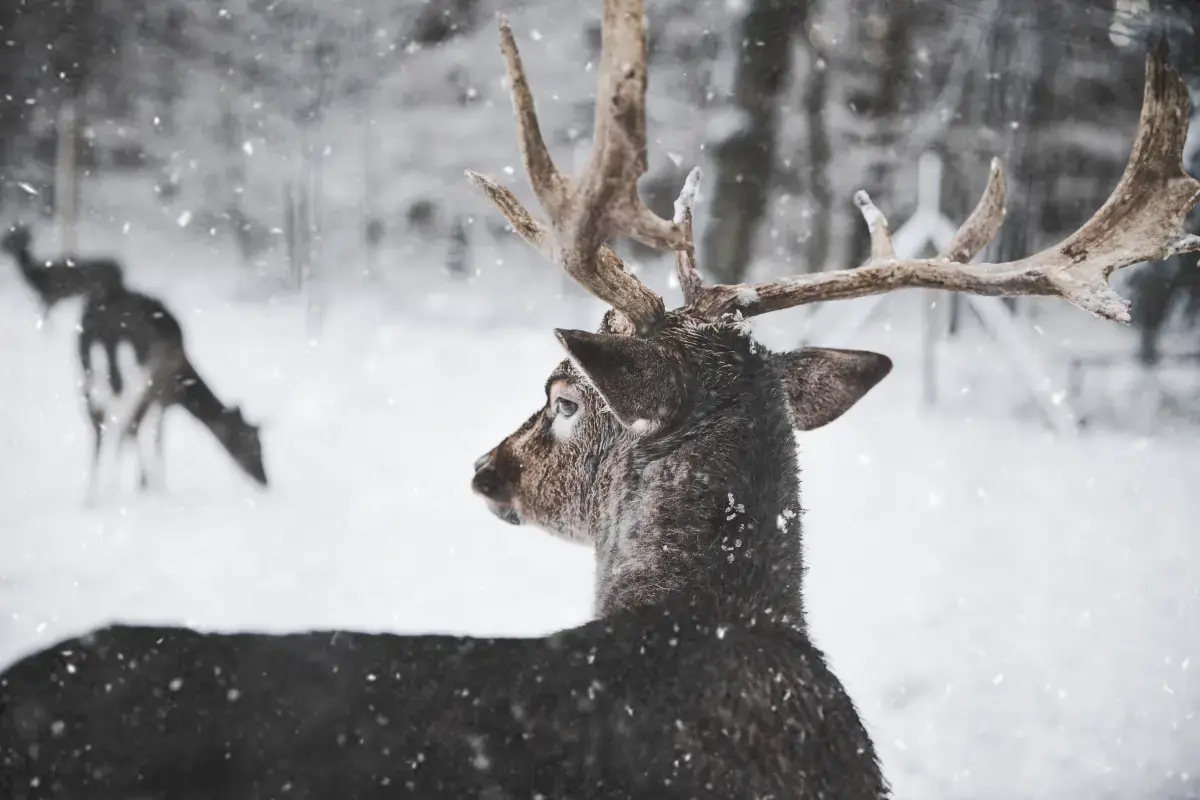
Where can I find Wildlife Photographer jobs?
- Create a profile on gigexchange and promote your Wildlife Photographer skills to advertise you are Open to New Work Opportunities
- Ensure your Resume (or CV), or online work profile is up to date and represents your skills and experience. Ensure your reputation reflects your ability & attitude.
- Apply for Wildlife Photographer Jobs advertised on gigexchange.
- Practise Wildlife Photographer interview techniques to ensure you represent your personality and ability succinctly and confidently.
- Accept the job offer if the salary meets your expectations and the employer mission and purpose reflects your core values.
Jobs
What are the best job boards for Wildlife Photography jobs?

How can I hire Wildlife Photographer staff online for my business?
The best job board for recruiting Wildlife Photographer experts is gigexchange.com. Advertise full-time, part-time or contract jobs to find, hire & recruit trusted, experienced and talented Wildlife Photographer candidates near you.

Are Wildlife Photographer roles in demand in 2025?
Wildlife Photographer experts are still in high demand in 2025. If you are an experienced Wildlife Photographer or looking to train and become one. The job market is looking strong for Wildlife Photographer jobs near me.